|
Swimmers perform the same movements, day in and day out, without as much as an after though. This is true for most athletes, but most athletes are not training year round and focusing only on one sport in the way that most swimmers do. It is great when an athlete is passionate about the sport they participate in and I fully support their decision to do so. When it takes place at a young age, as is usually the case with swimming, it can lead to overuse injuries if the right measures are not taken to prevent them.
When an athlete performs a movement repeatedly there should be a performance training aspect that assists in improving swim performance while reducing the chance that chronic injury develops. Swimmers are notorious for developing knee and shoulder injuries throughout their swimming careers. This is unfortunate because reducing and in most cases preventing an injury from ever taking place is possible, but it involves both the swim coach and performance coach doing their jobs both effectively and efficiently. Most of all, it involves both coaches being on the same page as far as training inside and outside of the pool. There are going to be repeated movements that take place in sport, which is understandable and expected. There has to be an action plan that prevents these repeated movements from leading to chronic injuries. Swimming injuries are for the most part due to chronic overuse without having a properly designed performance training program. And no, running does NOT count as performance training! The goal of the sport performance coach is to increase performance while minimizing injury. Knowing what the physical demands of the swimmers are gives the performance coach the ability to program a training plan that will strengthen their movement patterns, while continuing to give them the best shot at reducing their chance of injury. The sole goal of the swim coach is to increase performance while minimizing injury. Sounds familiar doesn’t it? For the swim coach to do these things there needs to be a well programmed training year, which includes recovery. When both coaches get on the same page great things start happening. Everyone has to be involved in helping these young athletes become strong, powerful swimmers, while reducing their chance of injury and making sure that they are having fun. The parents and the coaches have to both do their part in making this an enjoyable and successful experience.
3 Comments
A key component in a strength and conditioning program is training specificity. Training should be specific to the athlete’s needs, goals, and sport. There are many components to consider in the realm of training specificity. The adaptations that occur from a training stimulus are specific to the mode (type), the intensity, and the duration of the training stimulus. In the Book Physiology of Sport and Exercise specificity of training can be defined as the principle that physiological adaptations in response to physical training are highly specific to the nature of the training activity. To maximize benefits, training should be carefully matched to an athlete’s specific performance needs.
Applying the specificity principle appropriately to a training program can help maximize the benefits of the program, and carry over to the performance of the athlete in their specific sport. One thing to look at when making a training program specific to an athlete is the movements to train. The types of movements that are used while playing should be closely mimicked in the training program. If an athlete needs to be strong unilaterally then the training program should include exercises performed unilaterally. If there is a lot of lateral movement in the sport, then train lateral movements. Along with the movements to be trained, the muscles and joints that perform the movements need to be taken into consideration. Another important aspect of training specificity is the energy system or systems used by the athlete. If the athlete plays an anaerobic sport they are using the phosphagen system and the anaerobic glycolytic system. For an athlete that uses these anaerobic energy systems, in order to condition for this sport then the energy systems used in conditioning need to be the same ones used while playing the sport. One way to train for these systems is to alter the work to rest ratio. Athletes that compete in an anaerobic sport should condition by running shorter intense sprints. The length of the sprints, and the amount of rest in between sprints will be specific to that sport. Distance swimmers should condition mostly by doing distance swimming, and should include some swimming sprint work to aid in the all-out completion of the race. Specificity of training is a very comprehensive approach to training, which can maximize the benefits of a program. It is a key component of any training regime, and should not be over looked when putting together a routine for anyone. Written By: Joe Carillo, SportPerformanceU's Athletic Performance Intern As strength coaches we all unfortunately know for many novice athletes there has to be a feel that they are doing something new and exciting …. It has to be fresh. I’m sure everyone that has coached has experienced it too many times to count. One of your athletes comes to you and asks “what new exercises am I going to be getting in my next program”? Well we know what our answer should be, which is explaining to them that training is a process that takes time, dedication and hard work. That they must learn the basics, groove the patterns, and become efficient with the movement. Mastering the basics is what is going to lead to gaining the most strength and power gains possible. Variety comes from changing angles, sets, repetitions, time under tension, rest periods, etc. This is what every athlete should be taught when they begin a training program. Well as perfect as that sounds, it doesn’t always sound new and exciting to the athlete. The solution…a properly designed set of progressions for an exercise will make up for the variation that is desired when an athlete starts a training program for the first time. You might not be able to integrate the next progression quickly, but letting the athlete know that once they master the exercise they are working on at the moment they will get the next progression. This helps them stay focused on the task at hand. An example of a four step lunge progression would be performing a reverse lunge, forward lunge, walking lunge, and finishing the progression with the slideboard reverse lunge. The athlete gets four “different” exercises while continuing to work on the on the same movement. This is a great example because the athlete is following a proper progression that pleases the need for something new and exciting to do. Honestly it is usually the athlete that is new to training that thinks variety, as far as exercise selection goes, should be part of a training program. An intermediate or advanced athlete would look at adding variety quite differently. They think about a training program as something that is going to help them reach their goals. This will come with time for the novices that stay dedicated to the process of training. So the first thing to do is make sure that there is a proper progression, which will lead to a bit of variety for our novice trainee. It does take a little bit of creativity, but for the most part if the athlete is training hard and consistently they will be progressing to a point that the challenge of training far weights the desire for something fresh. This will lead to greater results which make both the athlete and coach happy.
Each athlete has a unique set of strength and power developmental goals based on many factors, some of which include training age, time commitment and physical strengths and weaknesses to name a few. With that being said a sport performance coach has to meet their athletes sport training goals using not only the best methods available, but also the most appropriate options available.
The most applicable and appropriate exercises come from the Powerlifting and weightlifting community. They give us an amazing exercise selection at developing tremendous amounts of strength and power. From variations in the squat, deadlift and bench press to the clean, snatch and jerk, the Powerlifting and weightlifting community have blessed us with great training tools. When training athletes coaches sometimes get carried away with a certain training methodology that is sometimes not exactly what is appropriate for an athlete training for their sport. When athletes are asked to perform lifts that they are not physically ready to perform, due to either physical limitations or appropriate coaching cues injuries and/or movement limitations will take place. This is why weightlifting and powerlifting exercises sometimes get a bad rep, although they are some of the best exercises out there, if used inappropriately it will lead to undesired results. This is the question coaches must ask themselves when designed performance training programs “is this exercise appropriate for my athlete?” If the answer is yes, then by all means teach the appropriate progressions and have at it. If it is not then figure out what must be done to include the appropriate exercise. This could include using developmental exercises or regressing the movement until it becomes appropriate for the athlete. This leads to my next point, athletes that play sports have other requirements that are unique to their own sport. Whether it is using single leg exercises for strength, medicine ball work for power, slide boards for lateral conditioning or anti-rotations exercises for core development, each training protocol should be geared toward meeting the demands of that individual athletes sport. I love using Powerlifting and weightlifting exercises in my athletes programs, but they must be appropriate for the athlete’s physical abilities and appropriate for the demand of their sport. The power clean is one of the best ways to add an amazing amount of strength and power. It requires both an incredible amount of mobility and stability to move through such an explosive exercise. It will improve most all measurable athletic performance parameters on the field and in the training facility. Assuming that the athlete has the proper fundamental movement skills required to perform the power clean the proper set up and coaching cues should be the first thing to get attention. Power Clean Set Up Positions w/ Coaching Cues * Hang Position- standing position, elbows locked, and medium hook grip Rack Position- get the bar on shoulders from hang position- elbows up, humerus parallel to floor- weight supported by shoulder NOT hands- drop the bar and catch it in the hang position Jump Position- bar is at mid thigh- hips and knees are unlocked- bar is touching skin/clothing Squat Jump Position- jump w elbows locked and land in squat position Jump w/ Catch- jump and catch the bar on shoulders- elbows straight to slammed forward- aim your shoulders at the bar- slam bar onto shoulders Front Squat –bar is on the shoulders-squat to slightly pass parallel while keeping the elbows up, humerus parallel to floor Power Clean Progressions & Variations
Power Clean (Mid Thigh, Above Knee, Mid Shin, Floor) Power Clean & Front Squat (Mid Thigh, Above Knee, Mid Shin, Floor) Squat & Clean (Mid Thigh, Above Knee, Mid Shin, Floor) This is by far one of the best exercises for athletes to develop a huge amount strength and power that will transfer from the training facility to the field. Problems arise when the power clean is introduced without the proper progressions and is therefore rushed. Before a power clean is attempted athletes should possess the proper mobility and stability to perform the movement. Rushing the process or simply skipping over it to get to a poorly executed product is not the way to go about such a complex exercise. When taught and progressed properly this is a great exercise to add to your training program. * power clean set up positions w/ coaching cues from “Starting Strength Basic Barbell Training” 3rd Edition, Mark Rippetoe |
Archives
July 2024
Categories
All
|
Proudly powered by Weebly

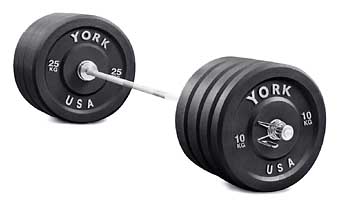
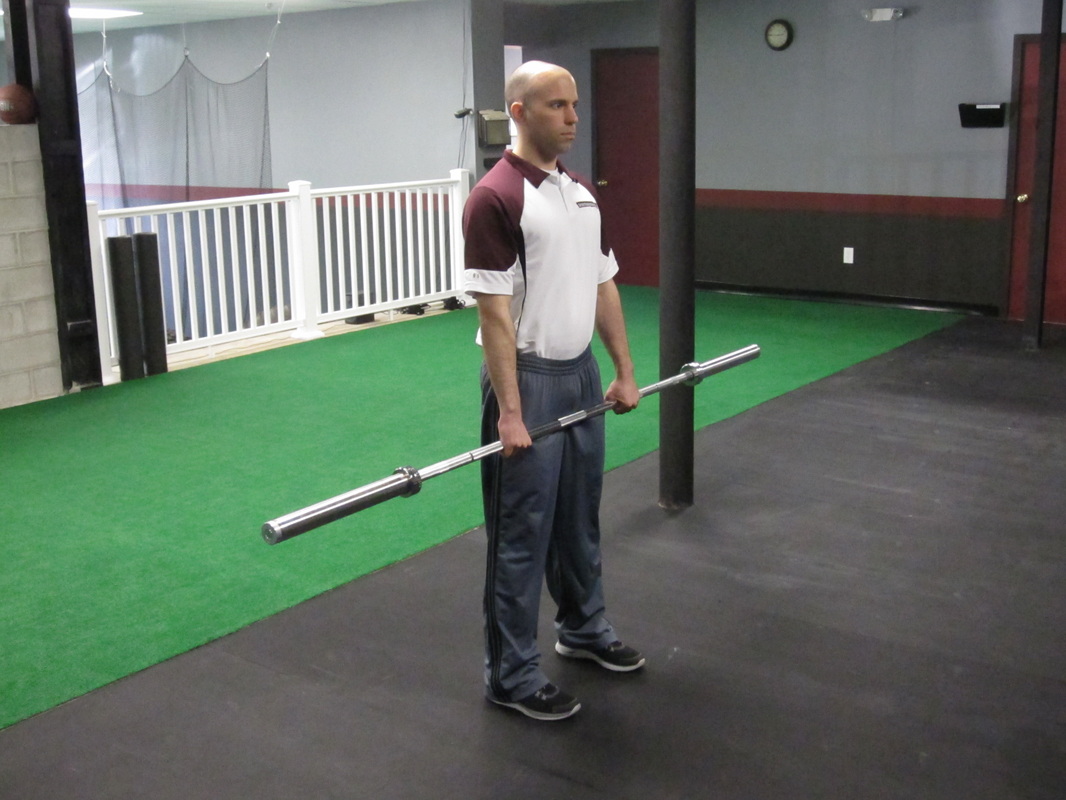
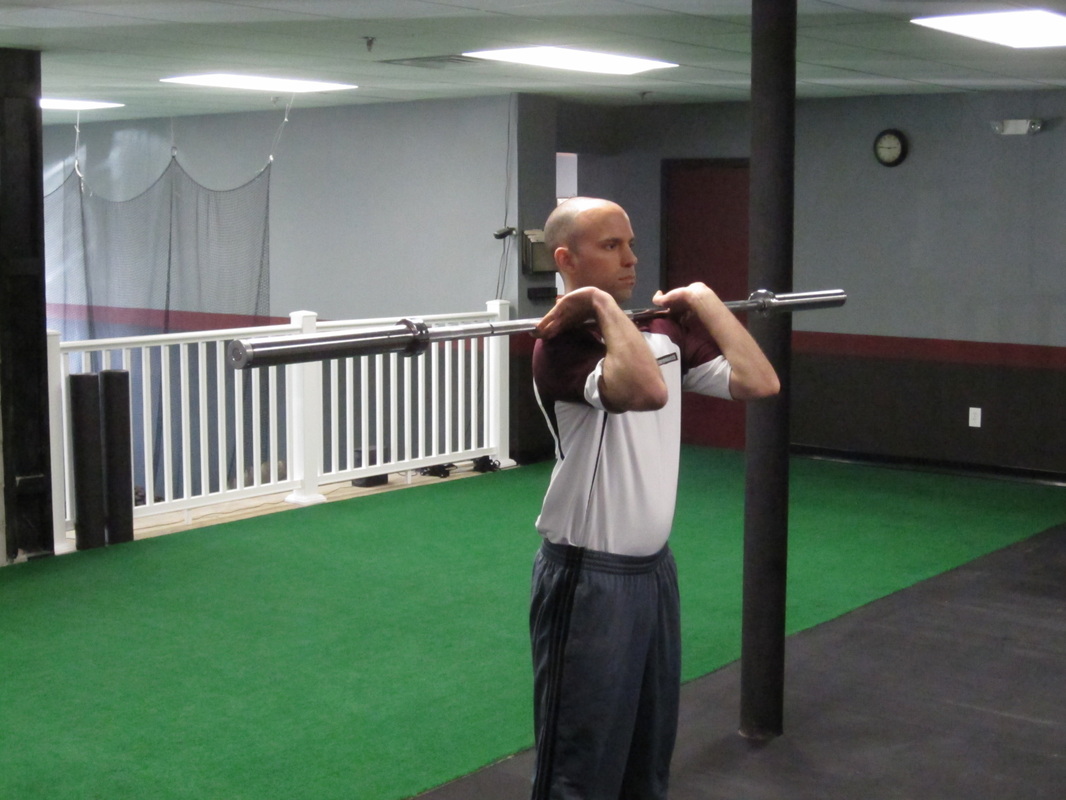
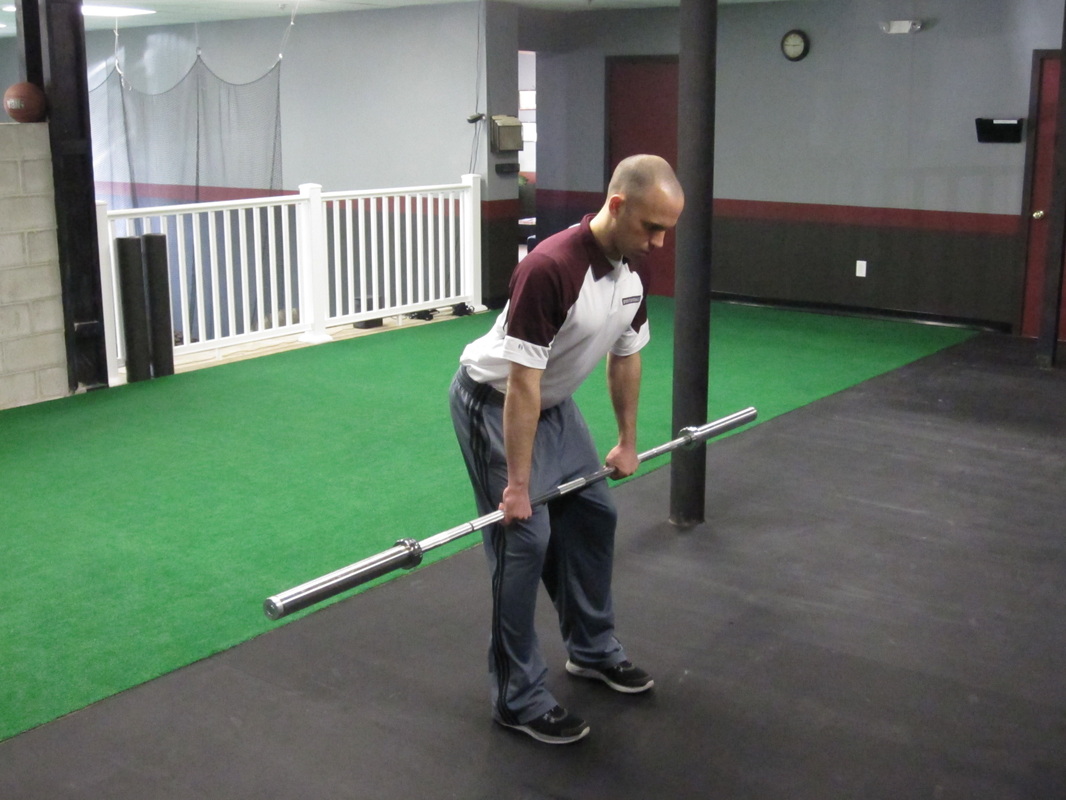
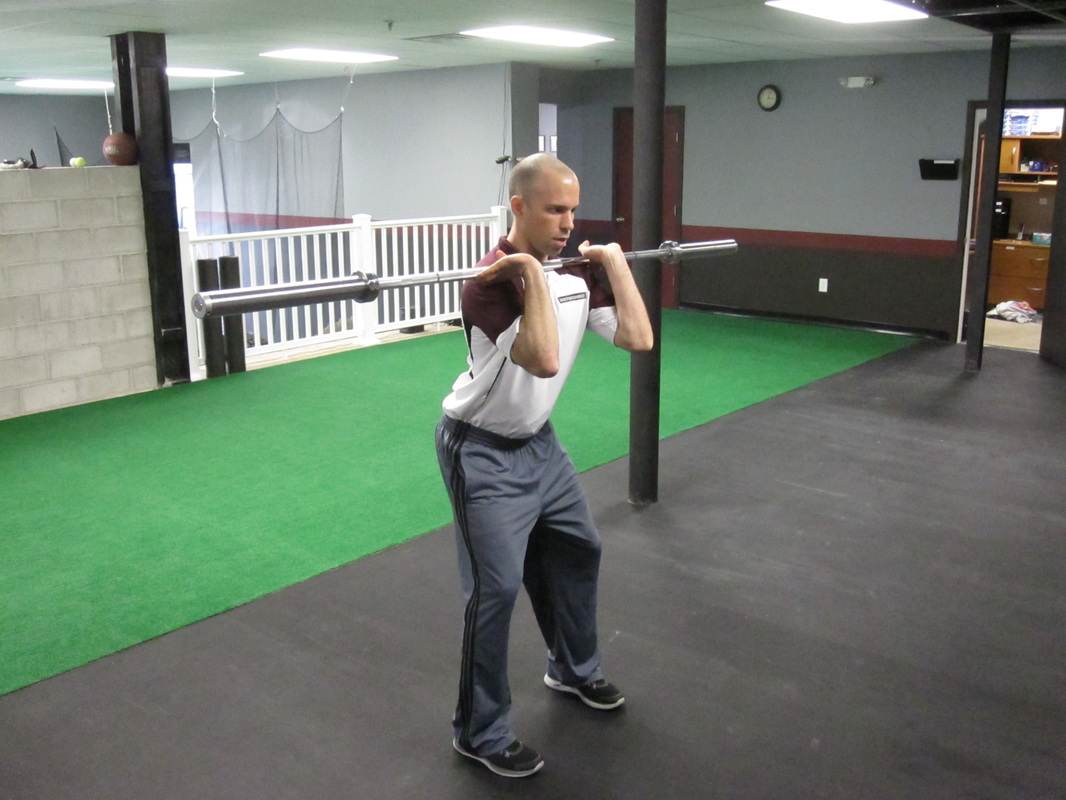
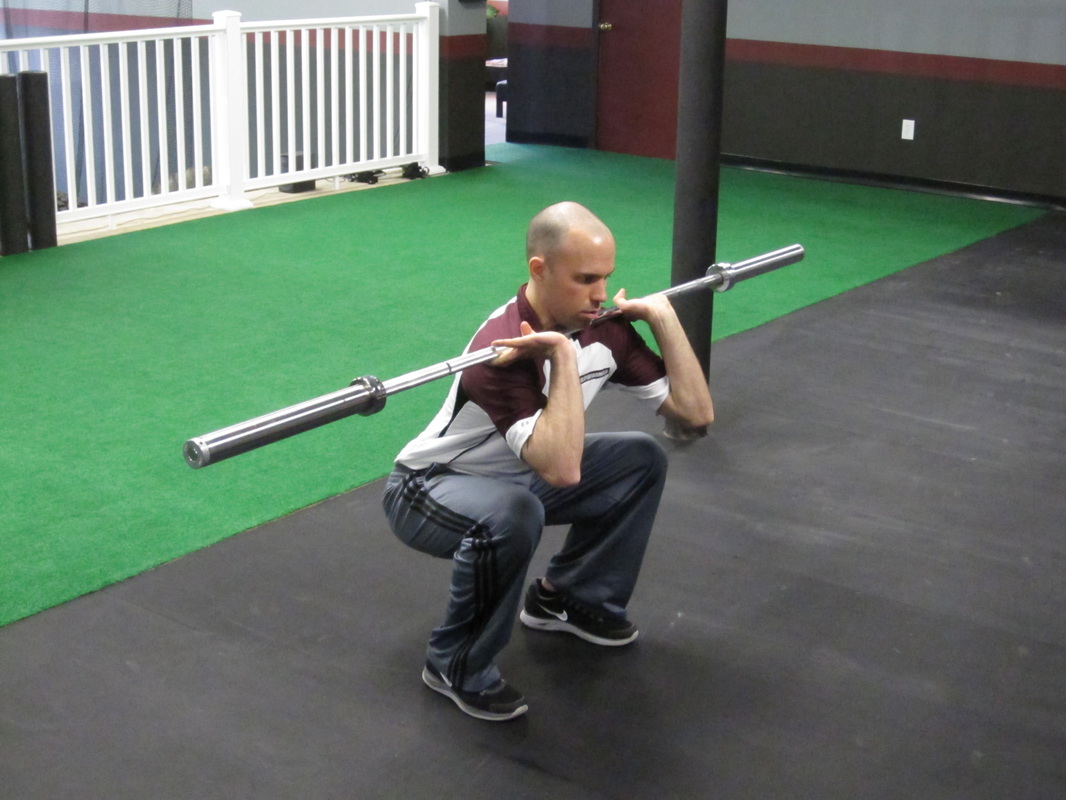
 RSS Feed
RSS Feed